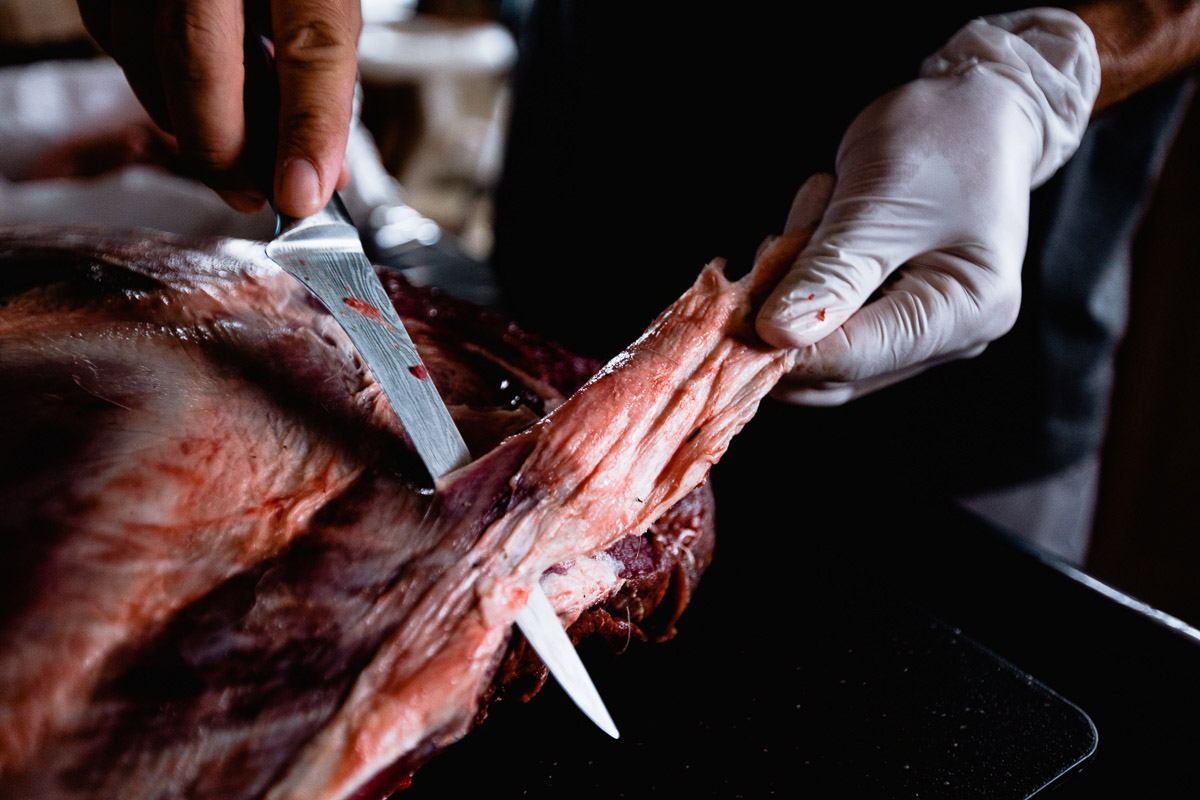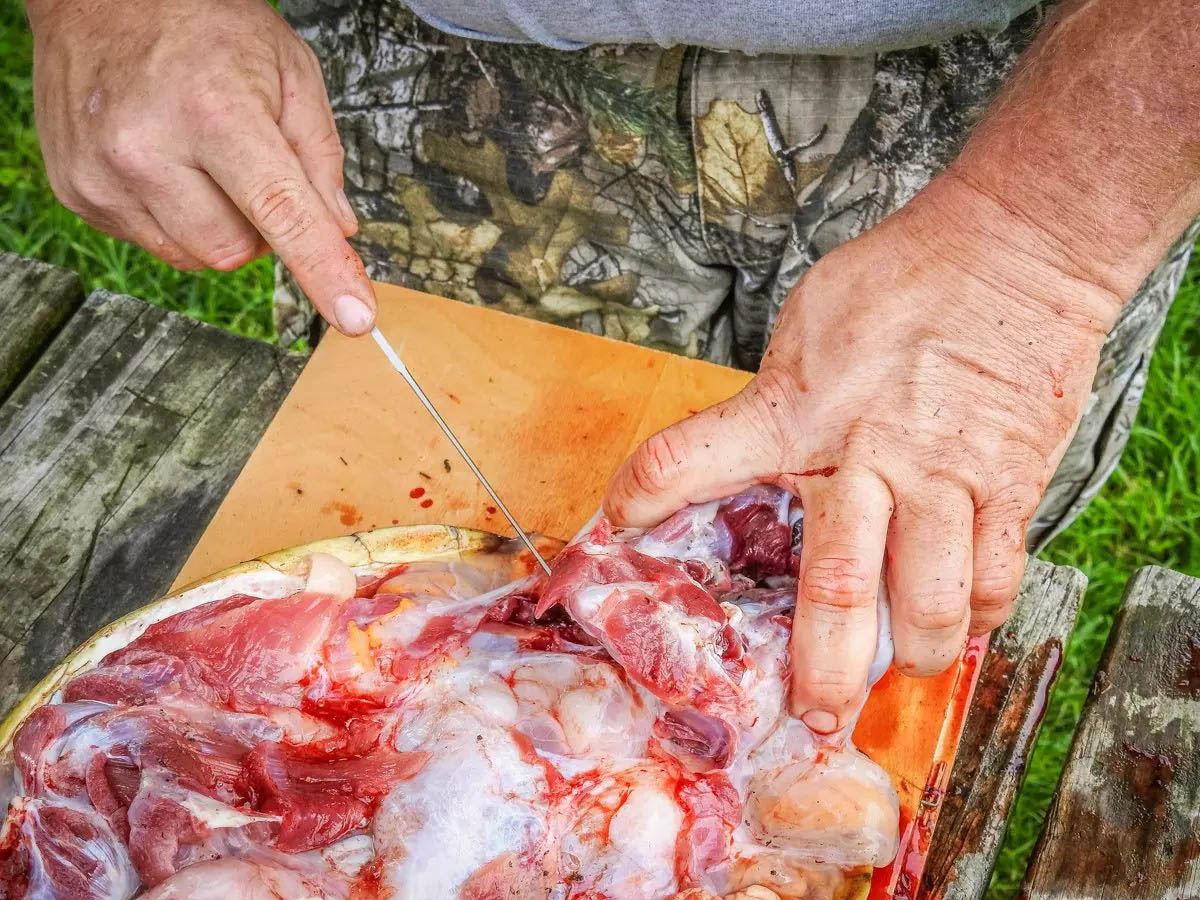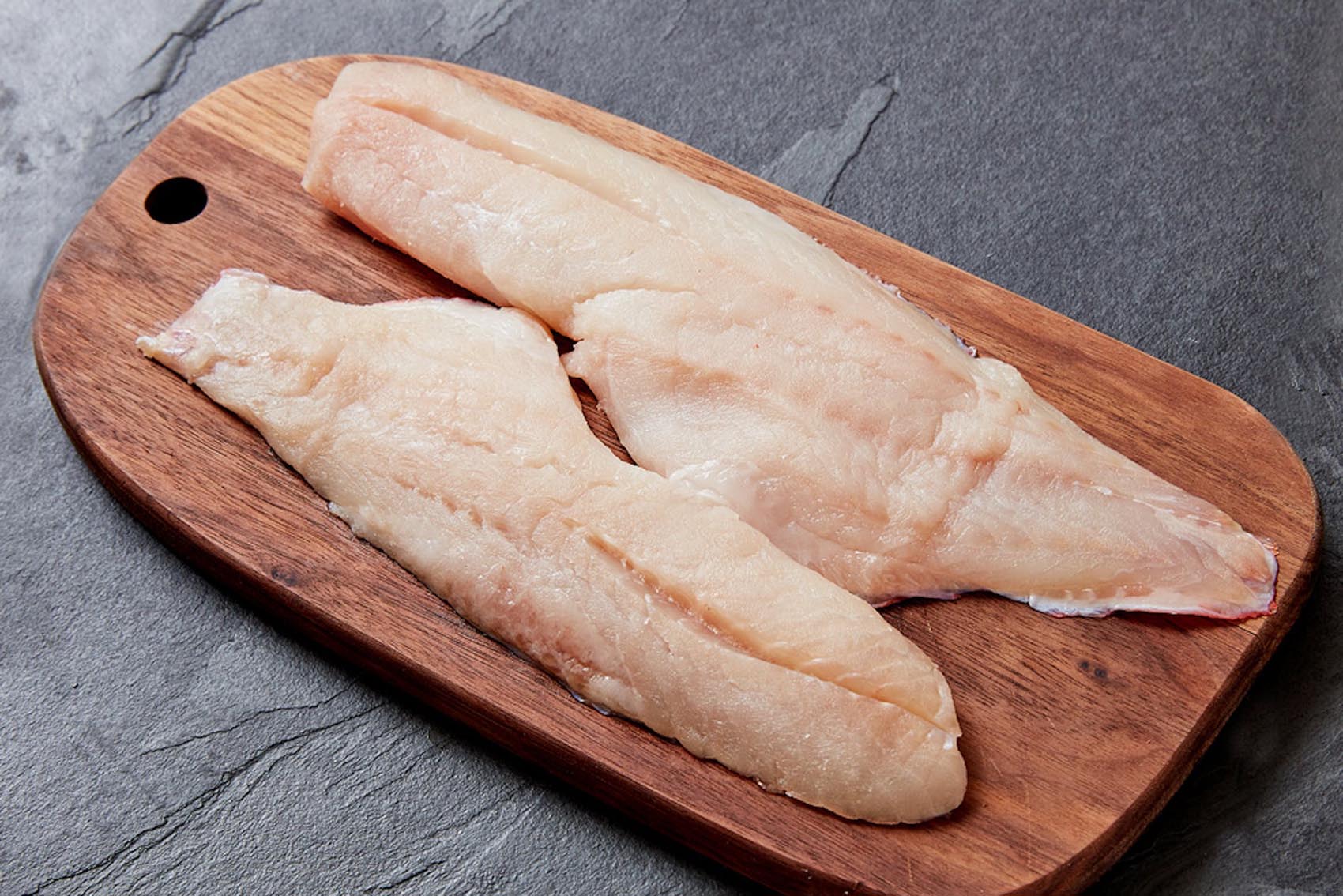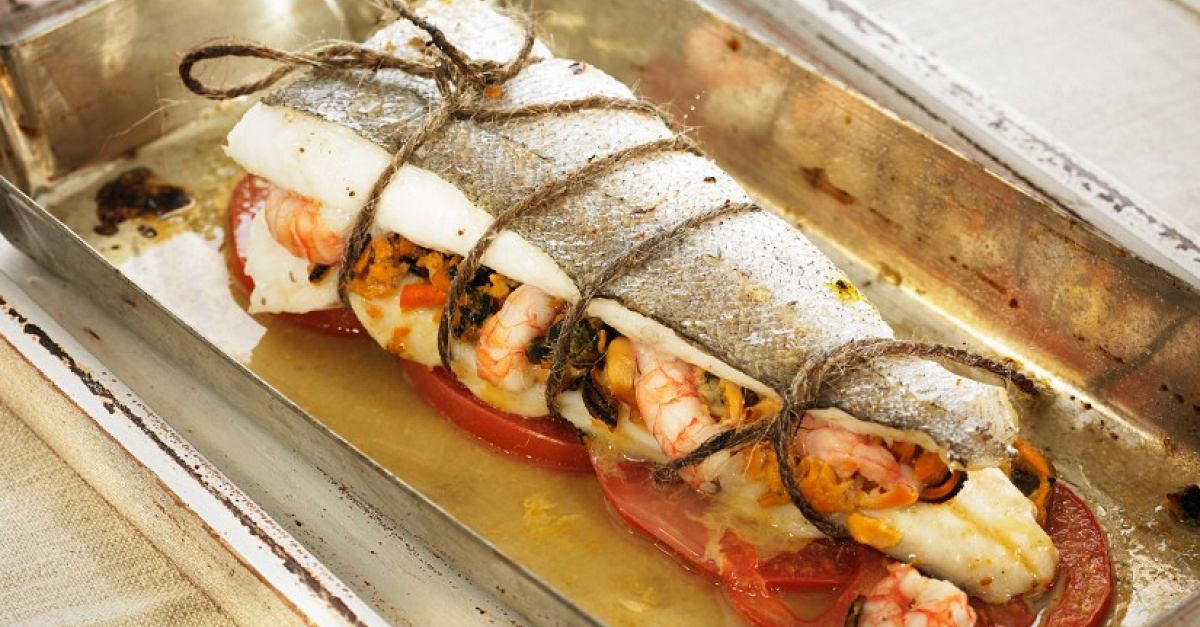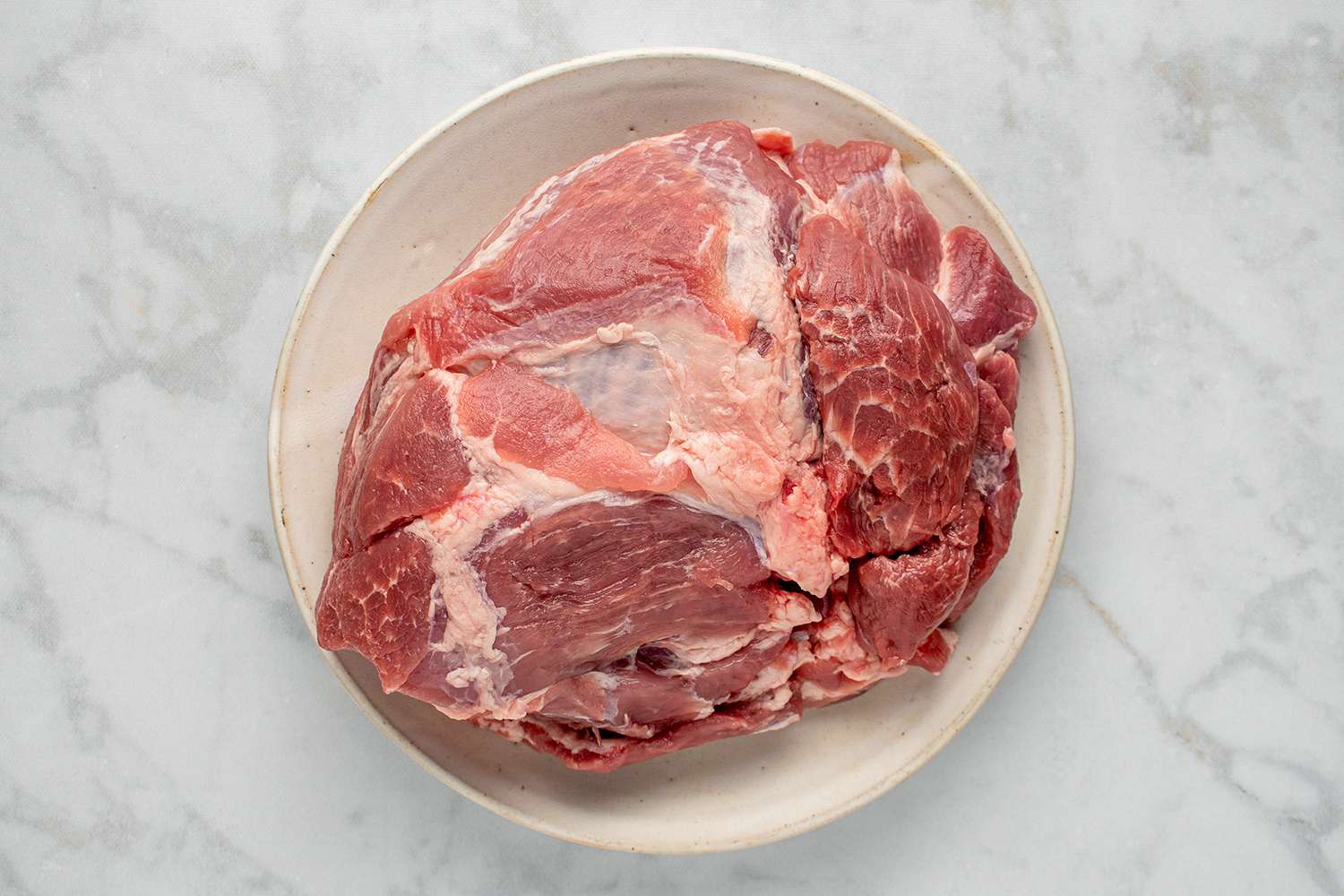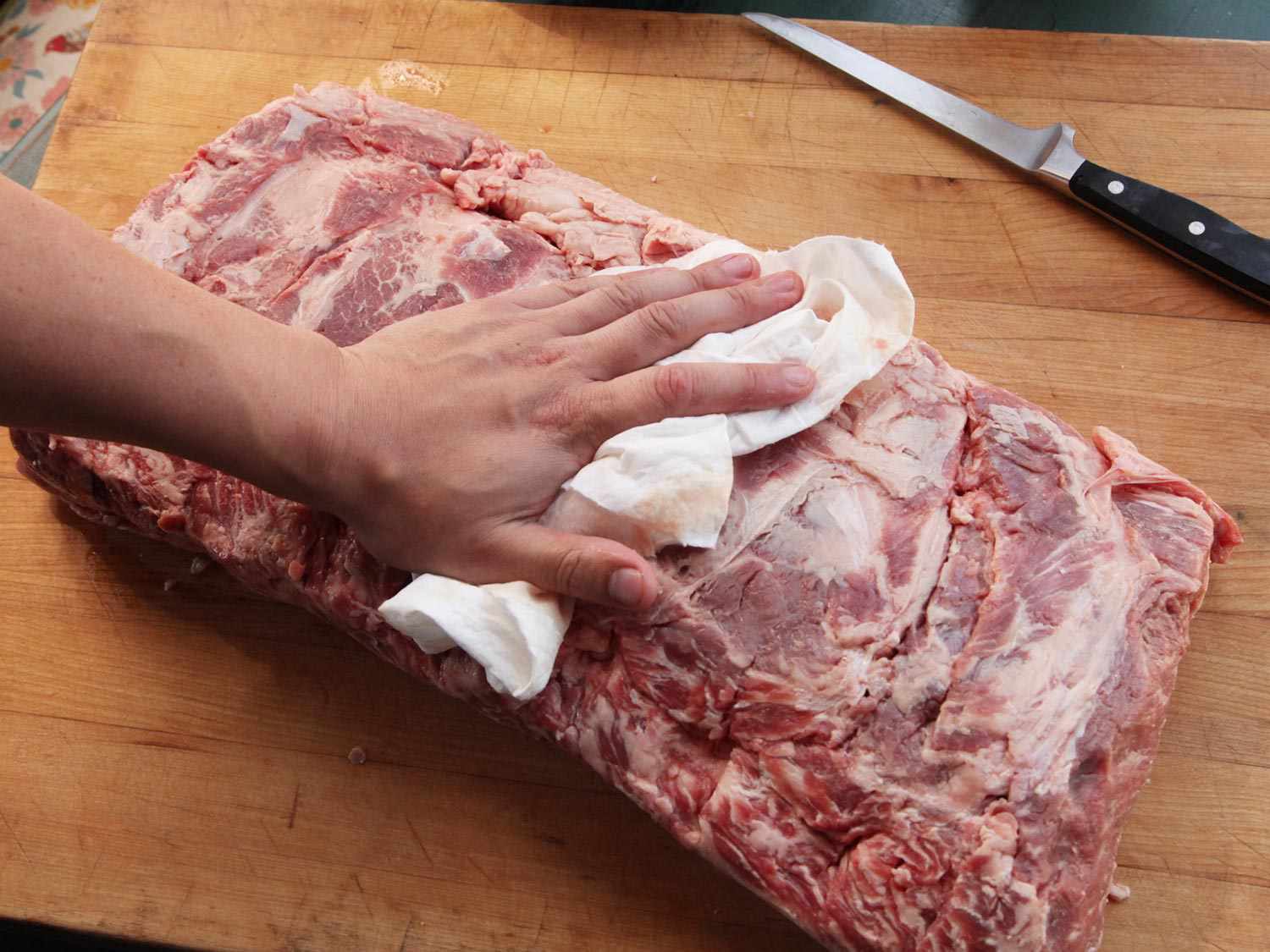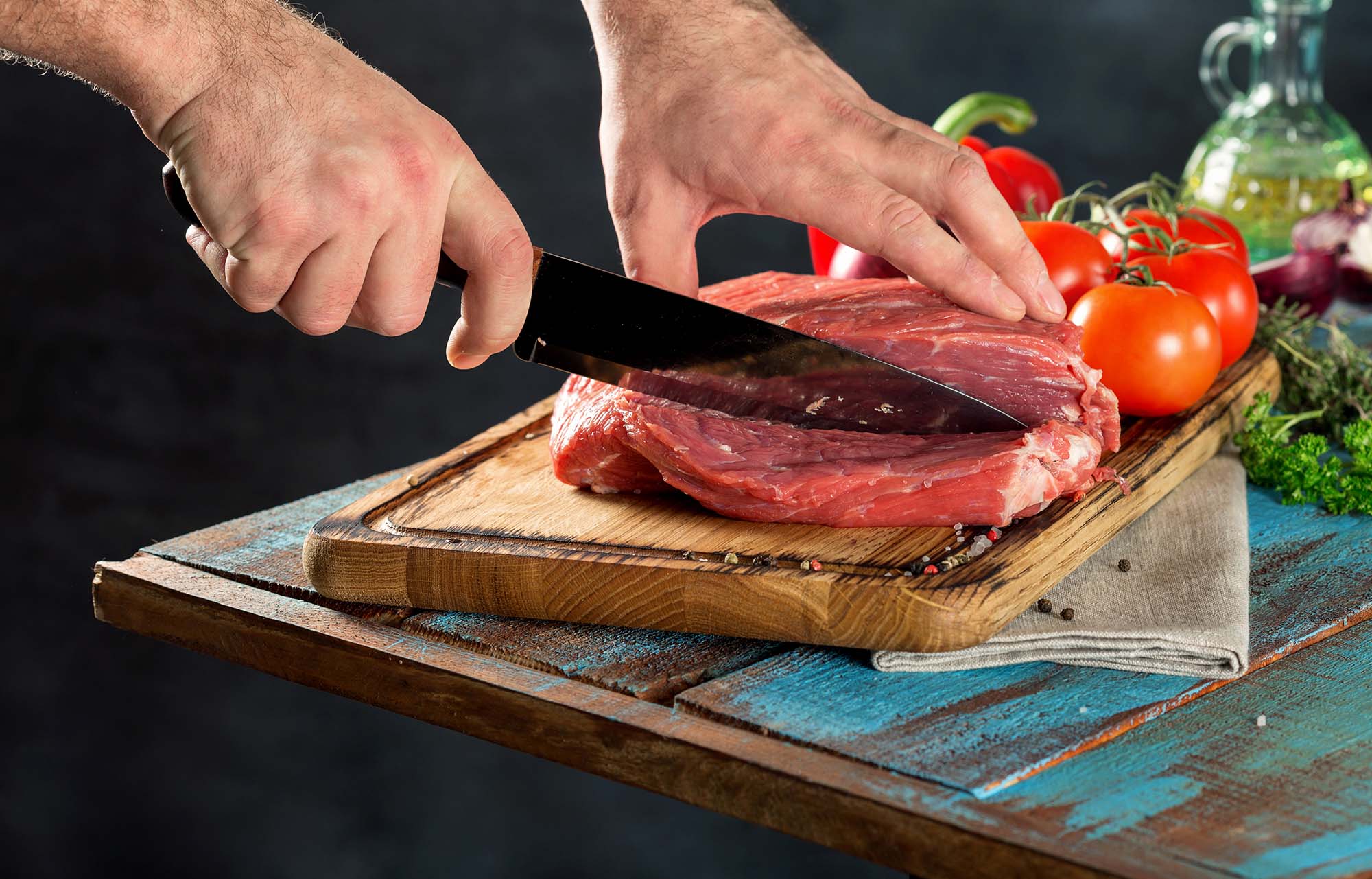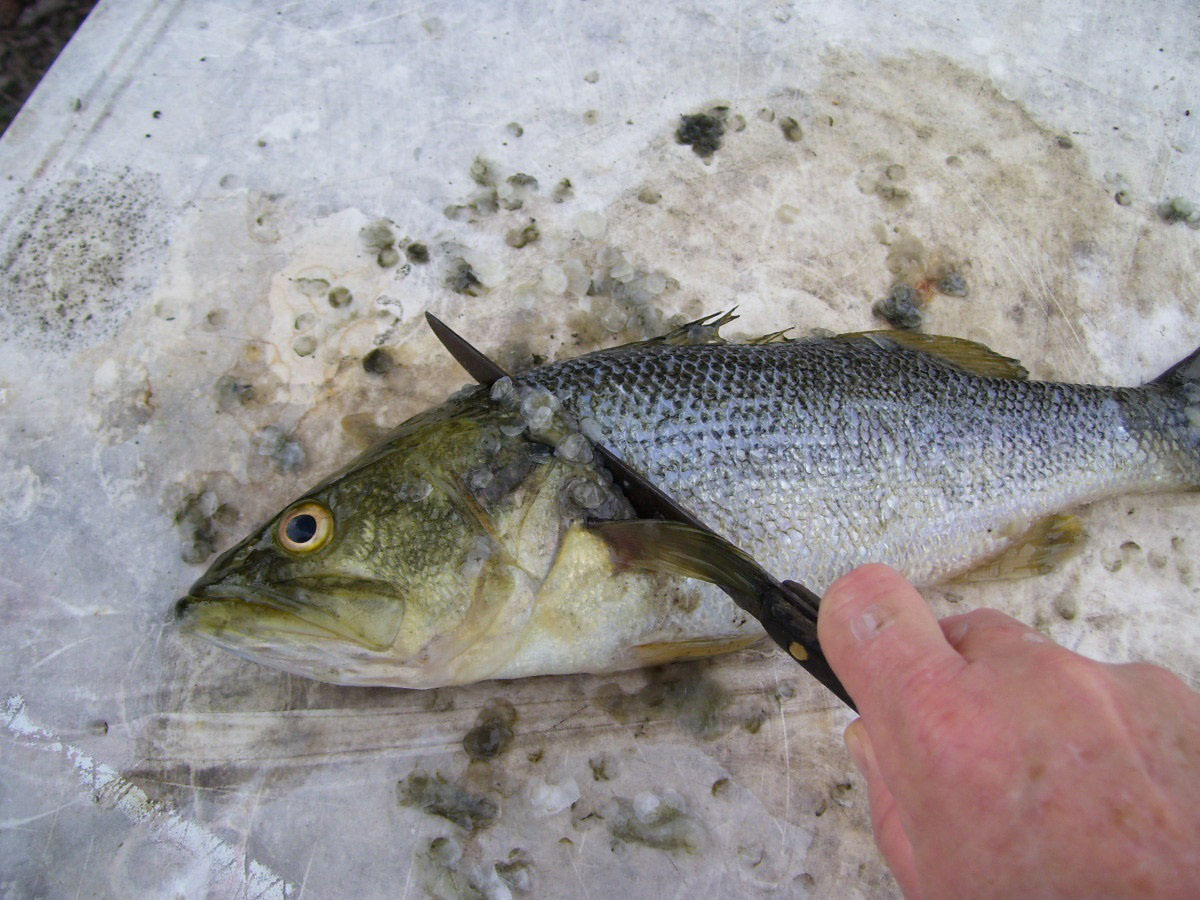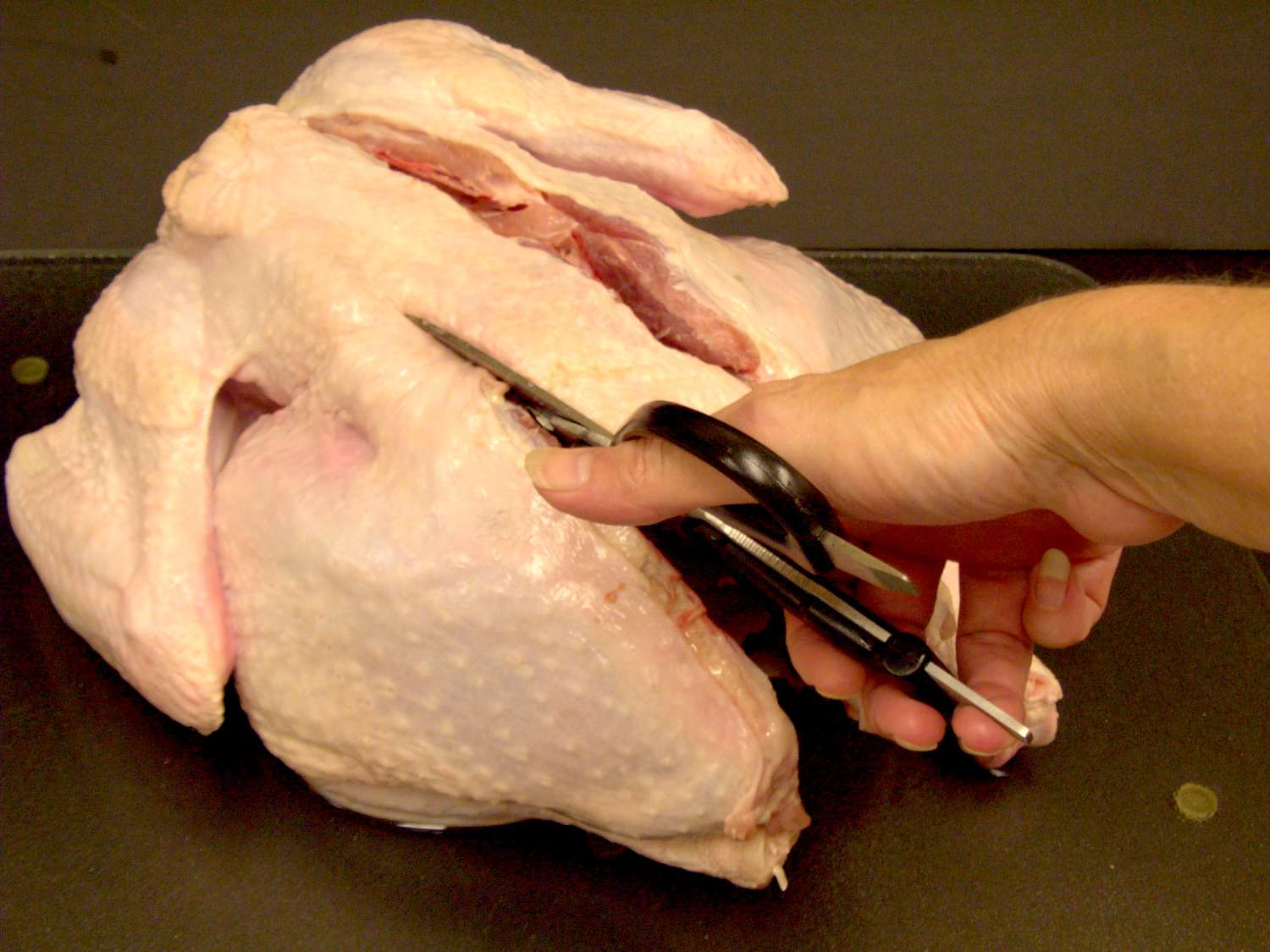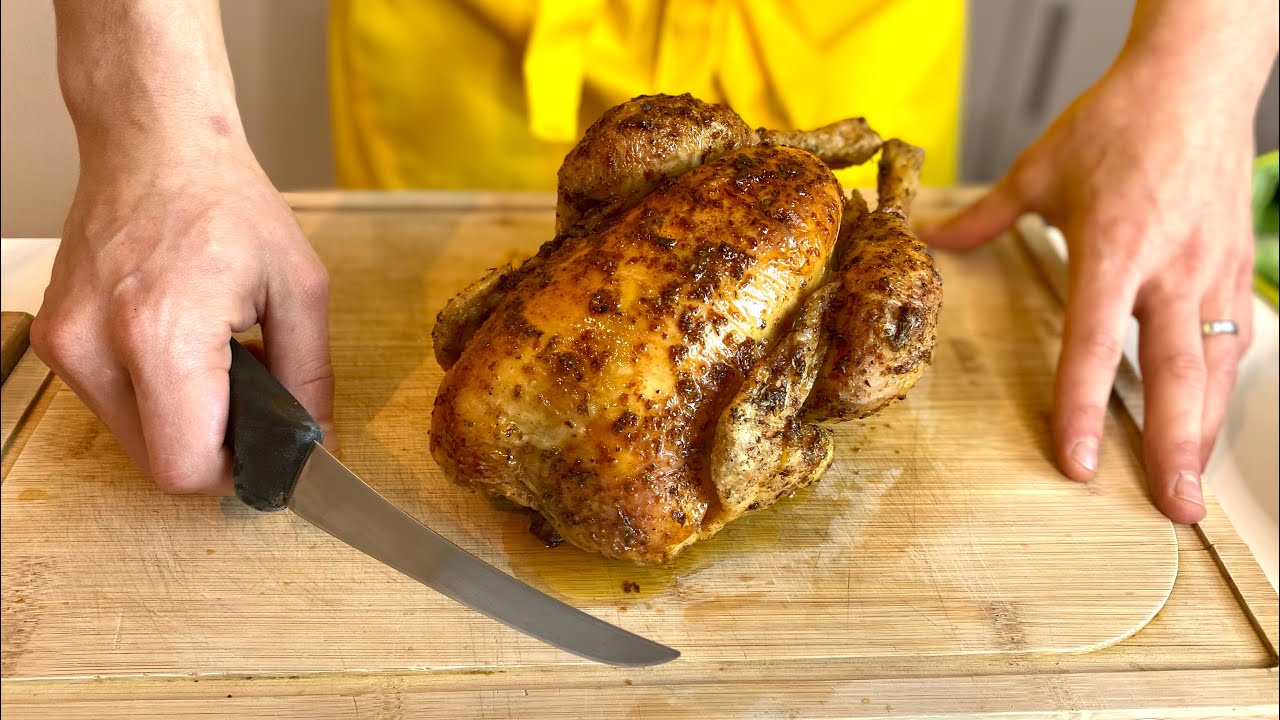Mastering the Art of Deboning Salt Fish
Deboning salt fish can seem like a daunting task, but with the right technique, it can be a rewarding and delicious experience. Whether you’re a seasoned chef or a novice cook, mastering the art of deboning salt fish is a valuable skill that can elevate your culinary expertise. Here’s a step-by-step guide to help you navigate through the process with ease.
What You’ll Need
Before you begin, gather the following tools and ingredients:
- Fresh salt fish
- Sharp fillet knife
- Cutting board
- Paper towels
Preparing the Salt Fish
Start by rinsing the salt fish under cold water to remove excess salt. Then, soak the fish in a bowl of water for at least 12 hours, changing the water every 3-4 hours. This process helps to rehydrate the fish and reduce the saltiness.
Deboning Process
Once the salt fish is properly rehydrated, it’s time to debone. Follow these steps:
- Lay the fish on the cutting board and pat it dry with paper towels.
- Locate the main bone that runs along the center of the fish.
- Using a sharp fillet knife, make a shallow incision along one side of the bone.
- Gently slide the knife along the bone, separating the flesh from the bone in a smooth, slicing motion.
- Repeat the process on the other side of the bone until the flesh is completely separated.
- Inspect the fish for any remaining bones and remove them carefully.
Final Touches
Once the fish is deboned, rinse it again under cold water and pat it dry with paper towels. Your salt fish is now ready to be used in your favorite recipes, such as salt fish fritters, stews, or salads.
Practice Makes Perfect
Deboning salt fish may take some practice, so don’t be discouraged if it doesn’t come out perfectly the first time. With patience and persistence, you’ll soon become adept at this essential culinary skill.
Now that you’ve mastered the art of deboning salt fish, you can confidently incorporate this flavorful ingredient into your cooking repertoire. Whether you’re preparing a traditional Caribbean dish or experimenting with global flavors, the ability to debone salt fish opens up a world of culinary possibilities.
So, roll up your sleeves, grab your fillet knife, and embark on the journey of deboning salt fish. Your taste buds will thank you!
Was this page helpful?
Read Next: How To Debone A Spatchcock
